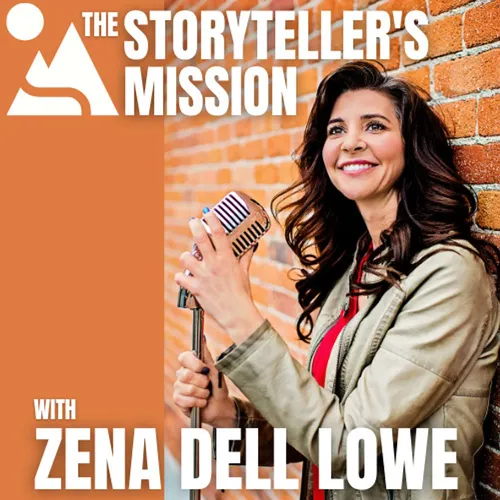33. Writing Great Dialogue: How to Avoid Writing Clunky Dialogue that Lacks Subtext
- Author
- Zena Dell Lowe
- Published
- Thu 15 Oct 2020
- Episode Link
- None
EPISODE DESCRIPTION:
Continuing with the key principles for how to write great dialogue, this week's episode unpacks Principles 8 and 9.
- 8. Good Dialogue should be short.
Compress it as much as possible. Use the trigger principle. Cut the hesitaters (Oh, Well, No, Yes, But, Wait, Listen, etc.). Also, beware of repetition or redundancy, direct Q & A, or stilted words and phrasing.
- 9. Good Dialogue should include subtext.
Don't be on the nose. What is said is not as important as what is meant. Say one thing, mean another. Let the conversation be "loaded," especially between characters with complex relationships. Juxtaposition helps.
UP NEXT
Next week, we will address the final key principle of great dialogue, how to write with appropriate familiarity between two characters. This episode will explain what we mean by high context versus low context dialogue, which will help you to avoid writing dialogue that your audience won't believe.
QUESTIONS OR TOPIC REQUESTS?
If you have a question or a specific writing related topic that you would like Zena to consider addressing in a future podcast, click on the link below to leave a voicemail recording with your problem, question, or issue.
https://www.speakpipe.com/ZenaDellLowe
SPECIAL THANKS
The Storyteller's Mission with Zena Dell Lowe would like to thank composer Carla Patullo for the original music she graciously permits us to use in the intro and outro of this podcast. To find out more about this amazing talent, go to www.carlapatullo.com
Tags: Artist, Artists, Writers, Writing, Writing tips, Story, Storytelling, Storytellers, Zena Dell Lowe, Mission Ranch Films, The Storytellers Mission, The Mission with Zena Dell Lowe, Dialogue, Writing great dialogue, characters, novels, screenplays
